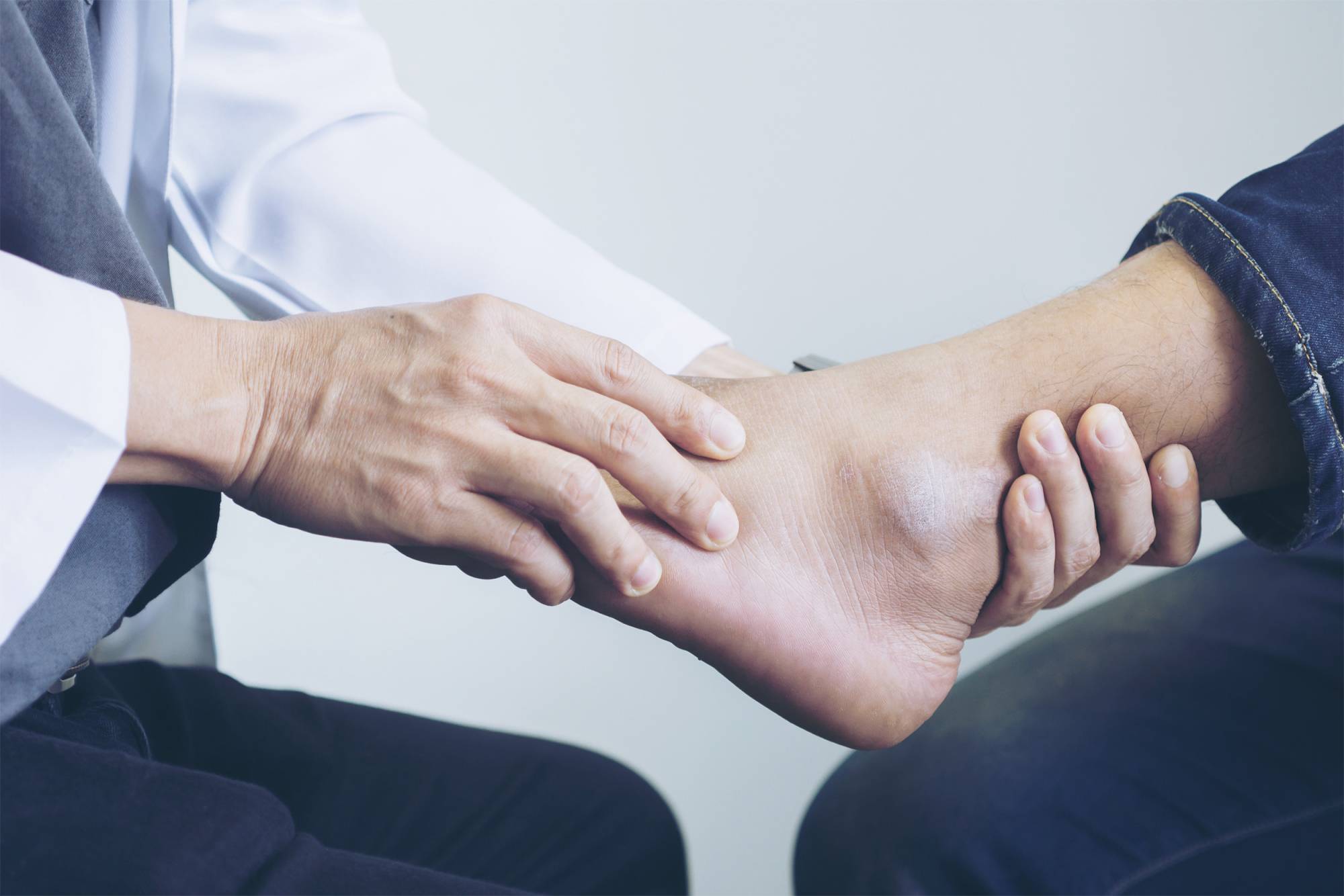1. Introduction
The use of gastrocnemius recession in isolation or in conjunction with release of the soleus muscle-tendon unit to correct equinus deformity has a historical precedent dating back to the early 1800s. Initially used for pediatric cerebral palsy cases, its application has expanded to treat various foot and ankle pathologies in neurologically healthy adults.
DiGiovanni et al. (2002) highlighted the prevalence of gastrocnemius contracture in patients with foot pathologies like metatarsalgia and plantar fasciitis, noting a significant correlation with symptomatic cases. The body of evidence has grown, with recent reviews calling for systematic evaluations of the procedure’s efficacy for adult foot pain, non-insertional Achilles tendinopathy, and diabetic foot ulcers.
2. Methods
A thorough literature review was conducted using databases such as Medline and Embase with specific inclusion and exclusion criteria to focus on adult cases. The studies included were assessed for their level of evidence and subsequently, recommendations were made based on the aggregated data.
3. Results
The review indicates that while gastrocnemius recession is promising for treating certain foot and ankle issues, the majority of studies offer lower levels of evidence (Level III and IV), primarily suggesting its use for midfoot-forefoot overload syndrome and non-insertional Achilles tendinopathy.
- Midfoot–forefoot overload syndrome showed significant pain relief and improved function in multiple studies, meriting a Grade B recommendation.
- The evidence for treating non-insertional Achilles tendinopathy and diabetic foot ulcers was less conclusive, receiving a Grade Cf recommendation due to mixed study results and methodologies.
4. Discussion
The literature supports the use of gastrocnemius recession for certain indications but also highlights the need for more high-quality, prospective studies to further clarify its effectiveness. Different surgical techniques and their outcomes need to be compared to optimize patient care.
5. Conclusions
The systematic review supports the effectiveness of gastrocnemius recession for specific foot and ankle conditions in adults but also underscores the necessity for further research to solidify these findings and improve treatment protocols.

 Prendre rendez-vous
Prendre rendez-vous

